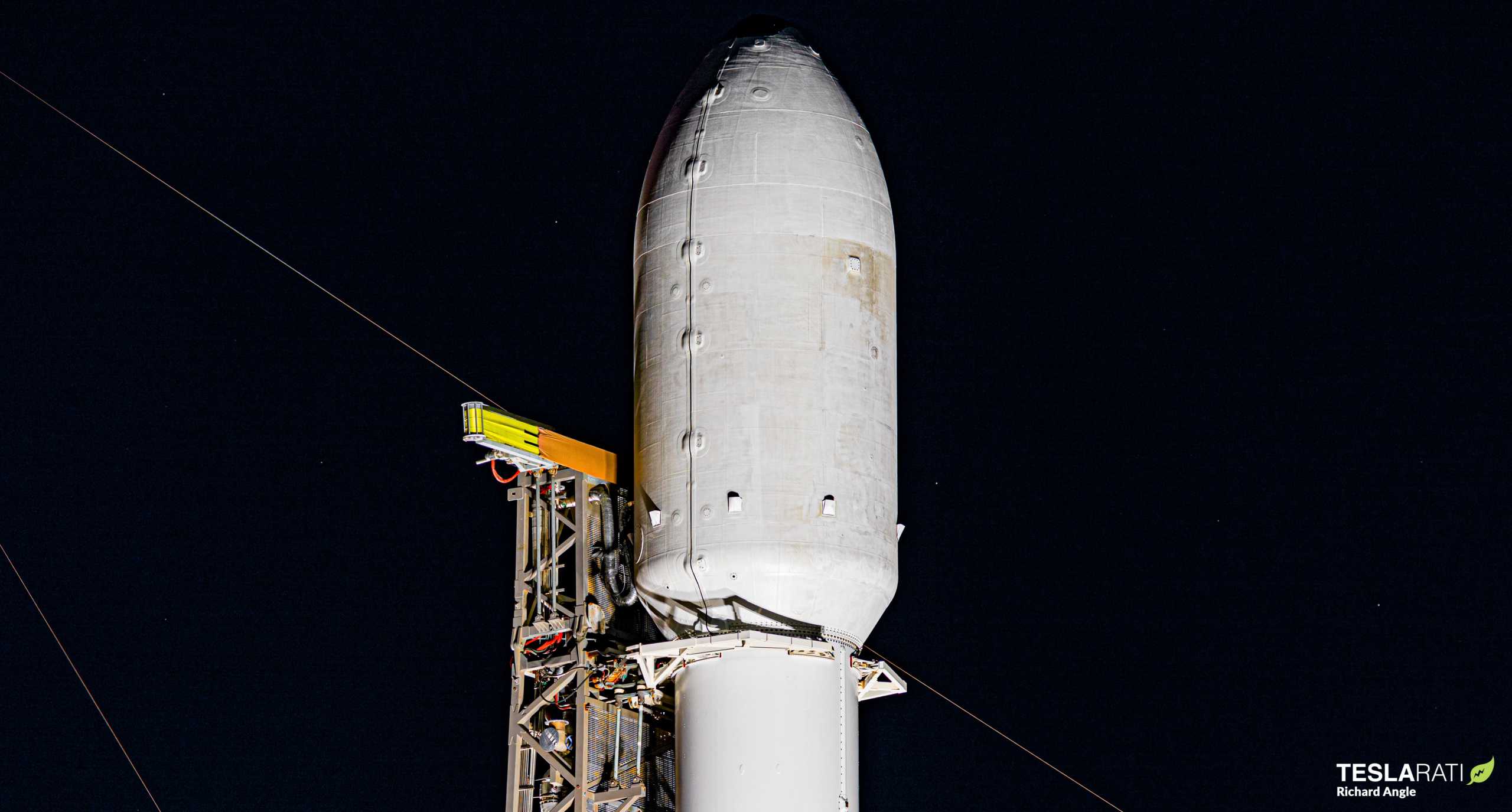

News
(Update: scrubbed) SpaceX’s next Starlink launch to break rocket fairing reuse record
Update: SpaceX says that today’s Starlink-12 launch attempt was scrubbed due to a mysterious “recovery issue.” Liftoff from Kennedy Space Center Pad 39A is now scheduled no earlier than (NET) 1:57 pm EDT (17:57 UTC) on Friday, September 18th.
Prior to the announcement, fairing recovery ship GO Ms. Tree was spotted diverting to a North Carolina port for unknown reasons, leaving twin ship Ms. Chief to recover both fairing halves. Based on bouy data, conditions at the Atlantic Ocean fairing and booster recovery zones appeared to be moderately challenging but far from unreasonable and SpaceX has been happy to point to recovery weather for past launch delays.
SpaceX has revealed that its next Starlink launch will mark a new first for Falcon 9 payload fairing reuse, reaching a milestone that took booster reuse 18 months in less than a year.
Scheduled to lift off no earlier than (NET) 2:19 pm EDT (18:19 UTC) on Thursday, September 17th, the Starlink-12 (v1.0 L12) mission will be SpaceX’s 11th in 2020 alone and 13th overall. If things go according to plan, it could leave SpaceX’s nascent constellation just two or so months away from the beginning of the first public beta tests of Starlink internet service.
Meanwhile, Falcon 9 booster B1058 will be attempting its third launch less than four months after its flight debut, an unprecedented cadence of reuse for SpaceX. Aside from likely ensuring that B1058 becomes the proud holder of SpaceX’s first and second place records for booster turnaround (time between launches), the mission also continues an unexpected trend: the near-extinction of Falcon 9 static fire tests.
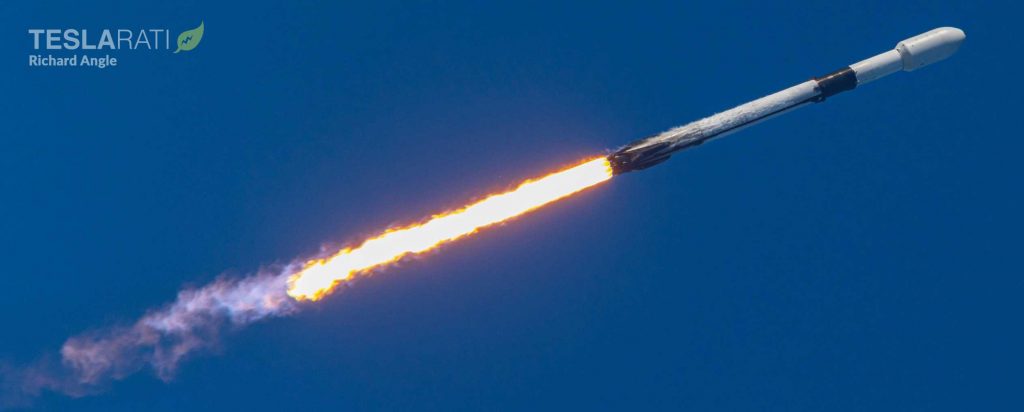
SpaceX’s first successful Falcon booster landing happened in December 2015, just a few months shy of five years ago. In March 2017, two years later, SpaceX reused a Falcon 9 booster on an orbital-class launch for the first time in history. Some 21 months after that historic milestone, SpaceX launched the same Falcon 9 booster for the third time, kicking off a relentless series of reusability firsts that continue to be made to this day.
Now, SpaceX says it’s about to launch the same Falcon 9 payload fairing half for the third time in a significant and unexpected first for fairing reuse. Constructed primarily out of a carbon fiber-aluminum honeycomb composite material, Falcon fairings are dramatically more fragile – and reaches much higher altitudes and velocities – than the boosters SpaceX has cut its teeth on recovering and reusing.
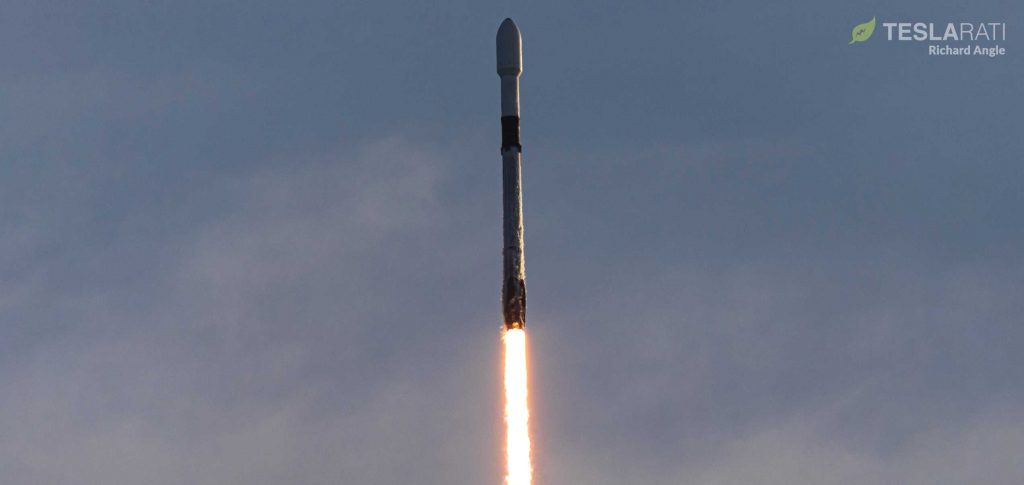
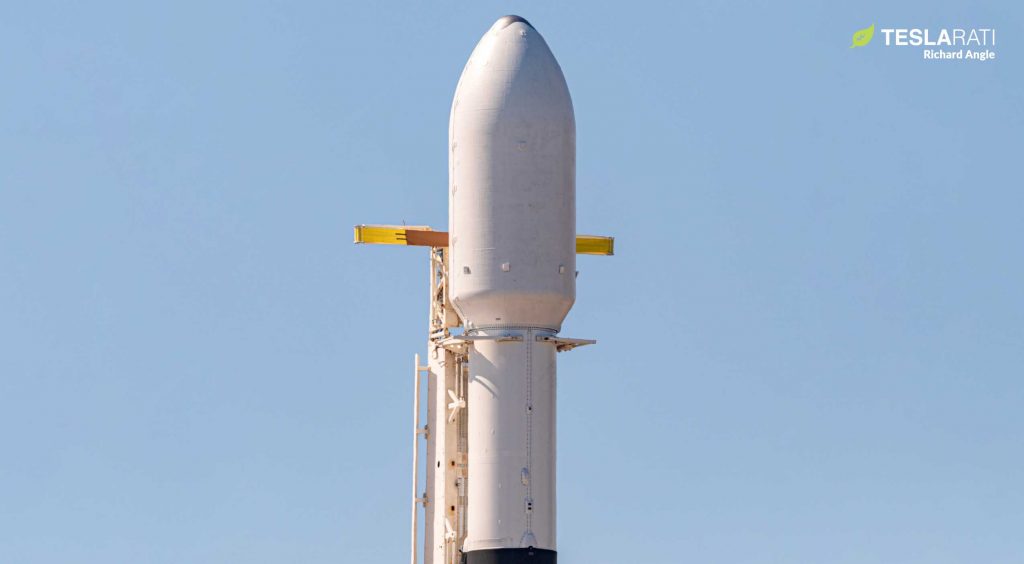
Compared to booster reuse, it’s quite the achievement. SpaceX first managed to launch the same Falcon 9 booster three times in December 2018, ~33 months after the first booster reuse. Measured from SpaceX’s first fairing reuse, completed in November 2019 as part of the first Starlink v1.0 launch (Starlink-1), the company will have managed to cross the three-flight fairing reuse barrier less than 11 months later – a full three times faster than SpaceX’s booster reuse program took to achieve the same milestone.
Additionally, prior to SpaceX’s September 16th reveal, it was purely up to speculation whether the company would be able to reuse Falcon fairing halves more than once, particularly when a given fairing half is only fished out of the ocean. If successful, Starlink-12 will prove that Falcon fairing halves can be reused at least three times regardless of whether SpaceX was/is able to catch said halve in a recovery ship’s net.
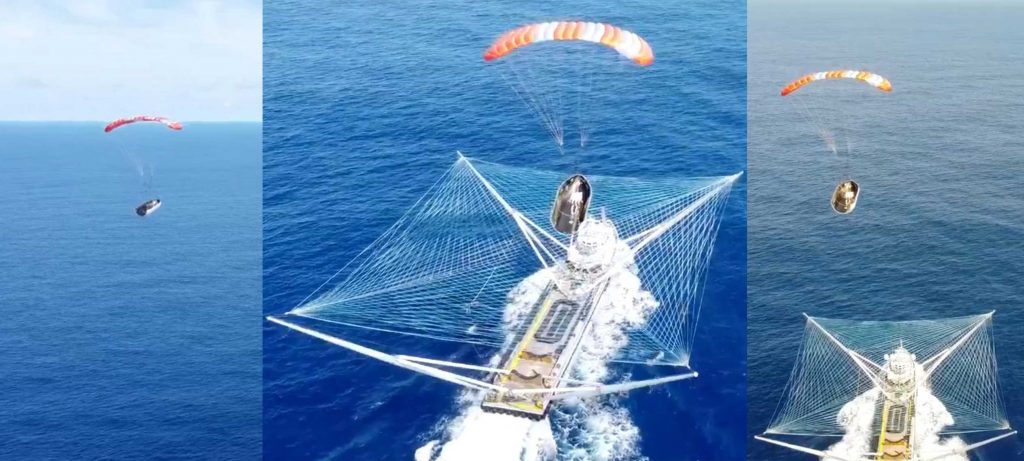
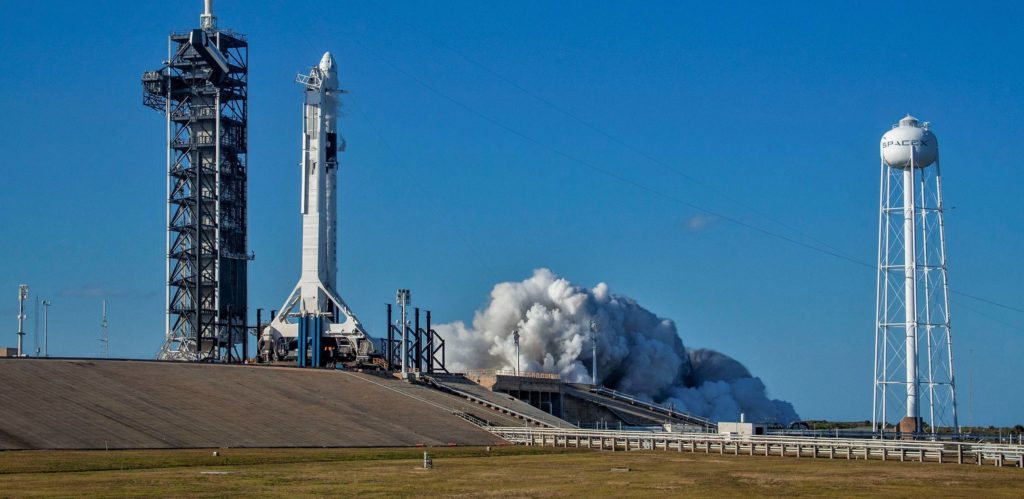
No more static fires?
Meanwhile, SpaceX appears to be turning a major corner on Falcon 9 launch operations. Of all 93 Falcon 9 launches since the rocket’s June 2010 debut, every single one has been preceded by a combined wet dress rehearsal (WDR) and static fire test a few days or weeks prior to liftoff. Effectively simulating a launch 1:1 up to the exact moment before liftoff, SpaceX has used static fires to verify vehicle health and firewall minor quality assurance lapses for as long as it’s been launching rockets.
In a major operational change that has almost flown under the radar, SpaceX appears to have killed the practice of universal prelaunch static fires beginning with Starlink-8 in June 2020. Including Starlink-8, of the seven launches SpaceX has completed in the last three months, just three (GPS III SV03, Starlink-9, and Starlink-10) included Falcon 9 static fire tests prior to liftoff. A step further, two of the four static fire-free launches were for major commercial missions – not retiring risk on SpaceX’s own Starlink launches, in other words.
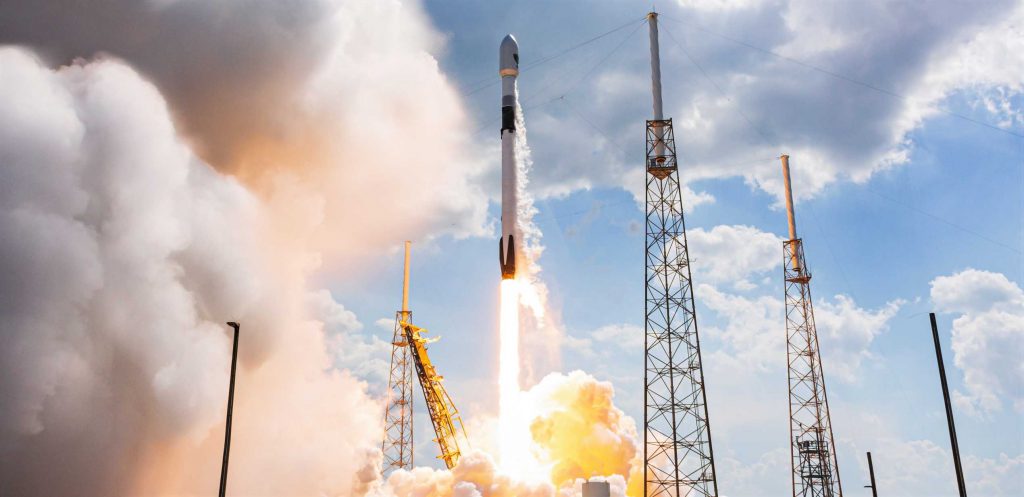
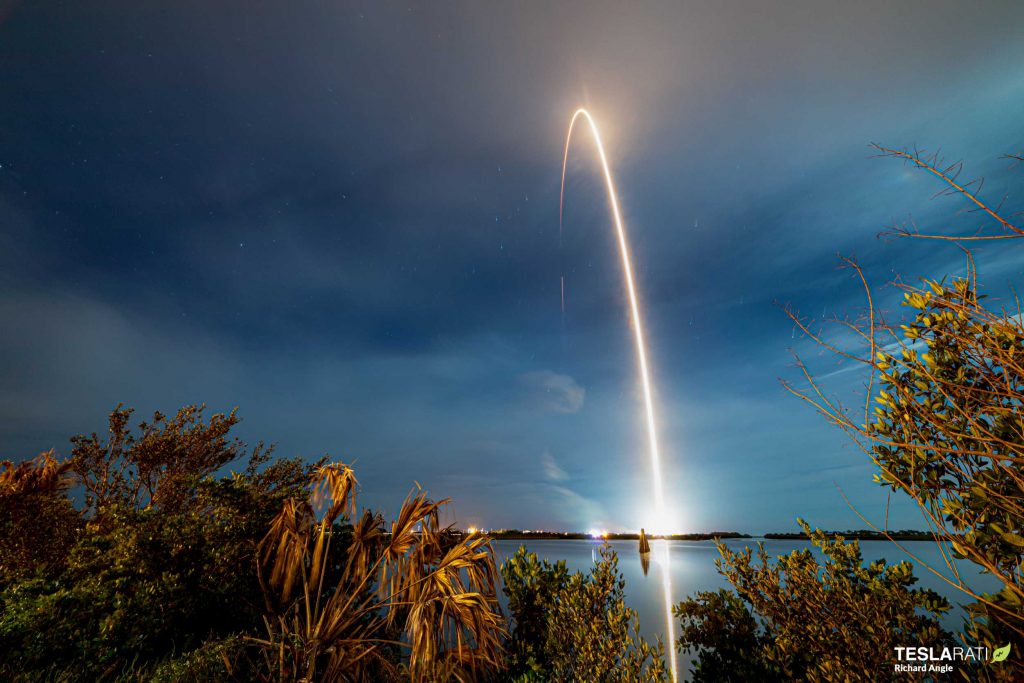
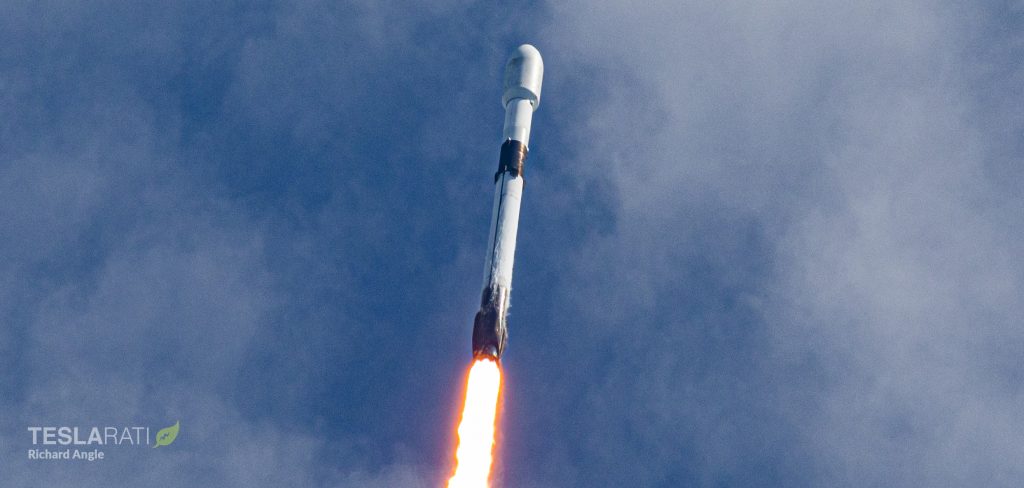
As of today, Falcon 9 has completed 65 successful launches since the last catastrophic vehicle failure (Amos-6, September 2016) and 74 consecutively-successful launches if Amos-6 (which never lifted off) is excluded. As of 2020, it’s the most reliable US launch vehicle currently in operation, surpassing ULA’s Atlas V several months ago. In fewer words, it’s not actually surprising (in retrospect) that SpaceX has begun to relax its position on static fires – especially considering that there isn’t another launch provider on Earth that static fires rockets before every launch.
More likely than not, SpaceX will continue to static fire Falcon 9 and Heavy boosters at the launch pad before their flight debuts and upon customer request. If launch or post-flight inspection data offer reason(s) for concern, SpaceX may still choose to static fire boosters out of caution. Additionally, SpaceX shows no signs of ending the practice of performing full booster static fires in McGregor, Texas as part of acceptance testing, still leaving it a step beyond traditional rocket manufacturers, which only static fire individual engines.
Regardless, SpaceX’s 13th Starlink launch will be streamed live as usual, with coverage beginning around 15 minutes prior to liftoff.
Check out Teslarati’s Marketplace! We offer Tesla accessories, including for the Tesla Cybertruck and Tesla Model 3.
News
SpaceX’s Crew-11 mission targets July 31 launch amid tight ISS schedule
The flight will lift off from Launch Complex 39A at Kennedy Space Center in Florida.
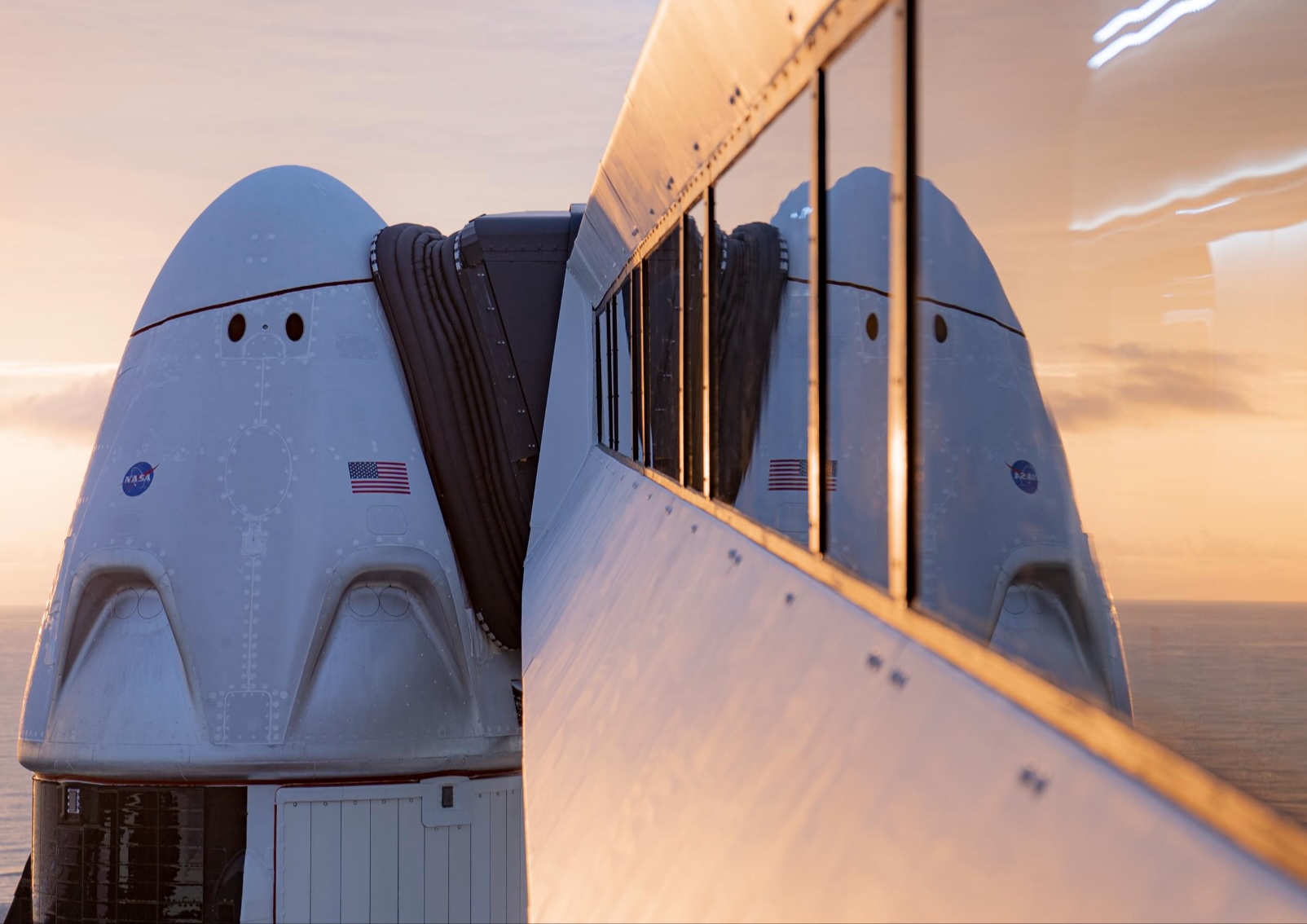
NASA and SpaceX are targeting July 31 for the launch of Crew-11, the next crewed mission to the International Space Station (ISS). The flight will lift off from Launch Complex 39A at Kennedy Space Center in Florida, using the Crew Dragon Endeavour and a Falcon 9 booster.
Crew Dragon Endeavour returns
Crew-11 will be the sixth flight for Endeavour, making it SpaceX’s most experienced crew vehicle to date. According to SpaceX’s director of Dragon mission management, Sarah Walker, Endeavour has already carried 18 astronauts representing eight countries since its first mission with NASA’s Bob Behnken and Doug Hurley in 2020, as noted in an MSN report.
“This Dragon spacecraft has successfully flown 18 crew members representing eight countries to space already, starting with (NASA astronauts) Bob (Behnken) and Doug (Hurley) in 2020, when it returned human spaceflight capabilities to the United States for the first time since the shuttle retired in July of 2011,” Walker said.
For this mission, Endeavour will debut SpaceX’s upgraded drogue 3.1 parachutes, designed to further enhance reentry safety. The parachutes are part of SpaceX’s ongoing improvements to its human-rated spacecraft, and Crew-11 will serve as their first operational test.
The Falcon 9 booster supporting this launch is core B1094, which has launched in two previous Starlink missions, as well as the private Ax-4 mission on June 25, as noted in a Space.com report.
The four-members of Crew-11 are NASA astronauts Zena Cardman and Mike Fincke, as well as Japan’s Kimiya Yui and Russia’s Oleg Platonov.
Tight launch timing
Crew-11 is slated to arrive at the ISS just as NASA coordinates a sequence of missions, including the departure of Crew-10 and the arrival of SpaceX’s CRS-33 mission. NASA’s Bill Spetch emphasized the need for careful planning amid limited launch resources, noting the importance of maintaining station altitude and resupply cadence.
“Providing multiple methods for us to maintain the station altitude is critically important as we continue to operate and get the most use out of our limited launch resources that we do have. We’re really looking forward to demonstrating that capability with (CRS-33) showing up after we get through the Crew-11 and Crew-10 handover,” Spetch stated.
Lifestyle
EV fans urge Tesla to acquire Unplugged Performance for edge in fleet and security industry
Unplugged Performance has built a name for itself by producing performance upgrades for Tesla vehicles.
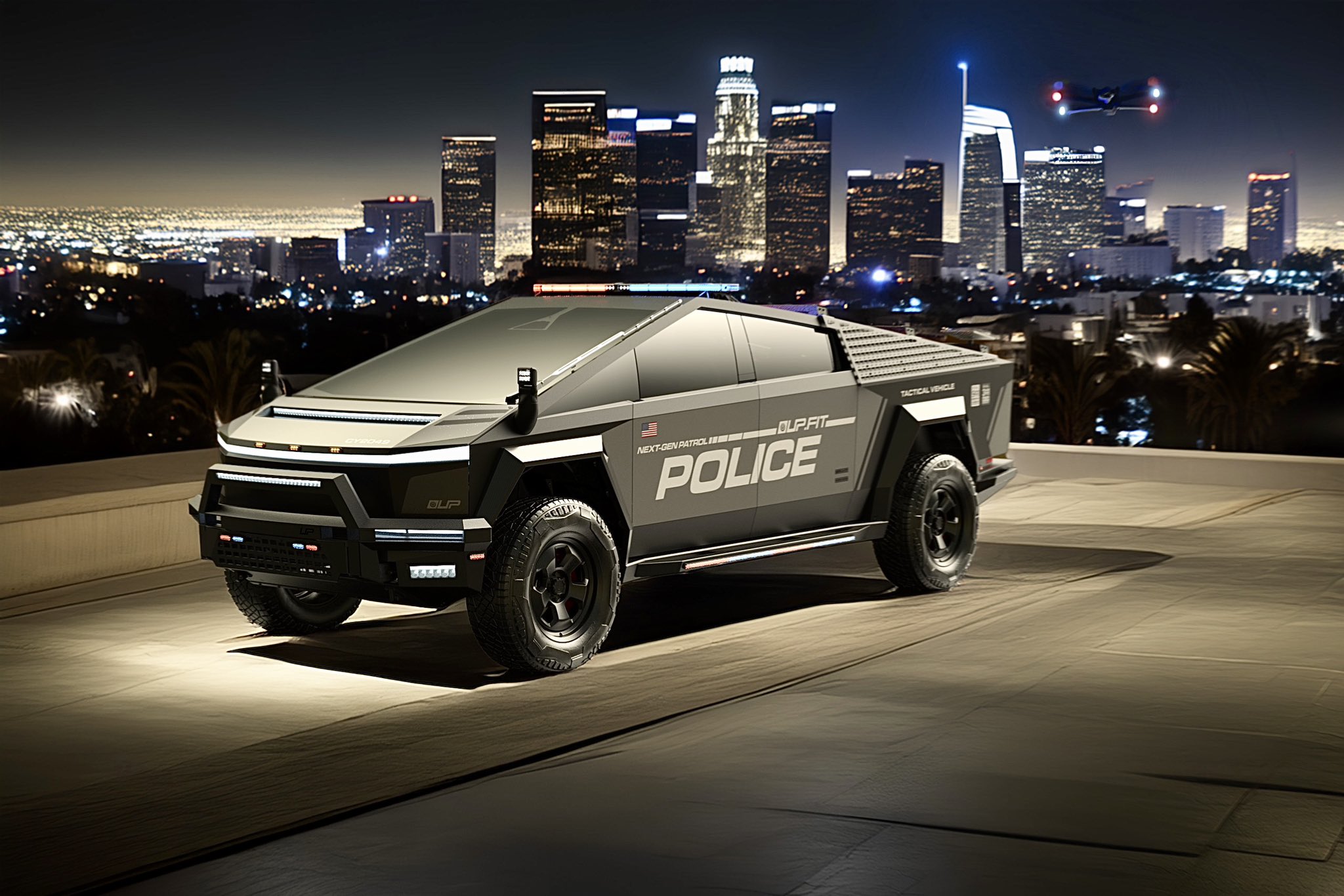
A growing number of Tesla enthusiasts and longtime community voices are calling on the electric vehicle maker to acquire Unplugged Performance, a California-based aftermarket company best known for tuning Tesla vehicles and developing specialized government fleet solutions under its UP.FIT division.
The idea was once considered a niche proposal among EV fans, but it is now gaining serious attention not just as a performance play but as a strategic move to deepen Tesla’s roots in the fleet and security industry.
A strategic fit
Unplugged Performance has built a name for itself by producing performance upgrades for Tesla vehicles, from track-optimized components to visual and aerodynamic upgrades. But in recent years, its UP.FIT division has pivoted toward a more functional future by outfitting Tesla vehicles like Model Ys for police, military, and government use.
That work has sparked growing calls for closer collaboration with Tesla, especially as the EV maker increasingly leans into autonomy, AI, and fleet services as core components of its next chapter.
“I posted this four years ago, but I think it’s more true now than ever,” wrote Whole Mars Catalog, a well-known Tesla investor and FSD Beta tester, on X. “Tesla should buy Unplugged. But not just as a Performance division. What they are doing with UP.FIT unlocks large government and commercial fleet purchases that can improve utilization.”
Tesla fans such as shareholder Sawyer Merritt echoed the sentiment, calling Unplugged a “great fit within Tesla.” adding, “They are literally located directly next to Tesla’s design studio in Hawthorne.”
Enabling the next wave
Supporters of the idea noted that integrating Unplugged into Tesla’s corporate structure could help accelerate the adoption of autonomous technologies in government sectors. With UP.FIT patrol cars already in use across some U.S. police departments, Tesla fans envisioned a future where self-driving Teslas could potentially revolutionize law enforcement, search-and-rescue, and public service logistics.
“Just imagine how autonomous patrol cars could transform policing and bring us into a safer future,” the veteran FSD tester wrote.
The benefits could also extend to Tesla’s existing consumer base. “They also have some incredible products in the works that I think will appeal to many ordinary Tesla drivers — not just those looking for performance or mods. Stuff that’s so good it should have come straight from the design studio next door,” Whole Mars Catalog noted.
Unplugged Performance, founded in 2013, shares not just a product vision with Tesla, but also geography. Its Hawthorne headquarters sits directly adjacent to Tesla’s design studio, and the two companies have maintained a close working relationship over the years. The aftermarket firm has long positioned itself as a “mission-aligned” partner to Tesla.
In response to the recent calls for acquisition, Unplugged Performance acknowledged the support from the community. “Our very existence is to support the Tesla mission with @UpfitTesla and @UnpluggedTesla,” Unplugged CEO Ben Schaffer posted on X. “We love working with Tesla and are grateful for the community’s support since 2013!”
News
Tesla debuts hands-free Grok AI with update 2025.26: What you need to know
All new Tesla vehicles delivered on or after July 12, 2025, will include Grok AI out of the box

Tesla has begun rolling out Grok, an in-car conversational AI assistant developed by xAI, to eligible vehicles starting July 12. The feature marks the most direct integration yet between Elon Musk’s artificial intelligence startup and Tesla’s consumer product lineup, offering drivers hands-free access to a chat-style companion while on the road.
Grok comes pre-installed on new vehicles
According to Tesla’s FAQ page for the feature, all new vehicles delivered on or after July 12, 2025, will include Grok AI out of the box. Owners of older vehicles may gain access through an over-the-air update, provided their vehicle meets a few hardware and software requirements.
Specifically, Grok is currently only supported on Tesla models equipped with an AMD infotainment processor and running vehicle software version 2025.26 and higher. Compatible models include the Model S, Model 3, Model X, Model Y, and Cybertruck. A Premium Connectivity subscription or active Wi-Fi connection is also required.
Tesla notes that additional vehicle compatibility may arrive in future software updates.
Grok’s features and limitations for now
Drivers can engage with Grok using the App Launcher or by pressing and holding the voice command button on the steering wheel. Grok is designed to answer questions and hold conversations using natural language, offering responses tailored to its chosen personality—ranging from “Storyteller” to the more eccentric “Unhinged.”
For fun, Tesla posted a demonstration of Grok likely running on “Unhinged” talking about what it would do to Optimus when they are on a date, much to the shock of the humanoid robot’s official social media account.
It should be noted, however, that Grok cannot currently issue commands to the vehicle itself, at least for now. Traditional voice commands for tasks like climate control, navigation, or media remain separate from Grok as of writing.
The feature is being released in Beta and does not require a Grok account or xAI subscription to activate, although that policy may change over time.
Grok privacy and in-car experience
Tesla emphasizes that interactions with Grok are securely processed by xAI and not linked to a user’s Tesla account or vehicle. Conversations remain anonymous unless a user signs into Grok separately to sync their history across devices.
Tesla has also begun promoting Grok directly on its official vehicle webpages, showcasing the feature as part of its in-car experience, further highlighting the company’s increasing focus on AI and infotainment features on its all-electric vehicles.
-

 Elon Musk2 weeks ago
Elon Musk2 weeks agoTesla investors will be shocked by Jim Cramer’s latest assessment
-

 Elon Musk3 days ago
Elon Musk3 days agoxAI launches Grok 4 with new $300/month SuperGrok Heavy subscription
-

 Elon Musk5 days ago
Elon Musk5 days agoElon Musk confirms Grok 4 launch on July 9 with livestream event
-

 News1 week ago
News1 week agoTesla Model 3 ranks as the safest new car in Europe for 2025, per Euro NCAP tests
-

 Elon Musk1 week ago
Elon Musk1 week agoxAI’s Memphis data center receives air permit despite community criticism
-

 News2 weeks ago
News2 weeks agoXiaomi CEO congratulates Tesla on first FSD delivery: “We have to continue learning!”
-

 Elon Musk2 weeks ago
Elon Musk2 weeks agoTesla scrambles after Musk sidekick exit, CEO takes over sales
-

 News2 weeks ago
News2 weeks agoTesla sees explosive sales growth in UK, Spain, and Netherlands in June
















